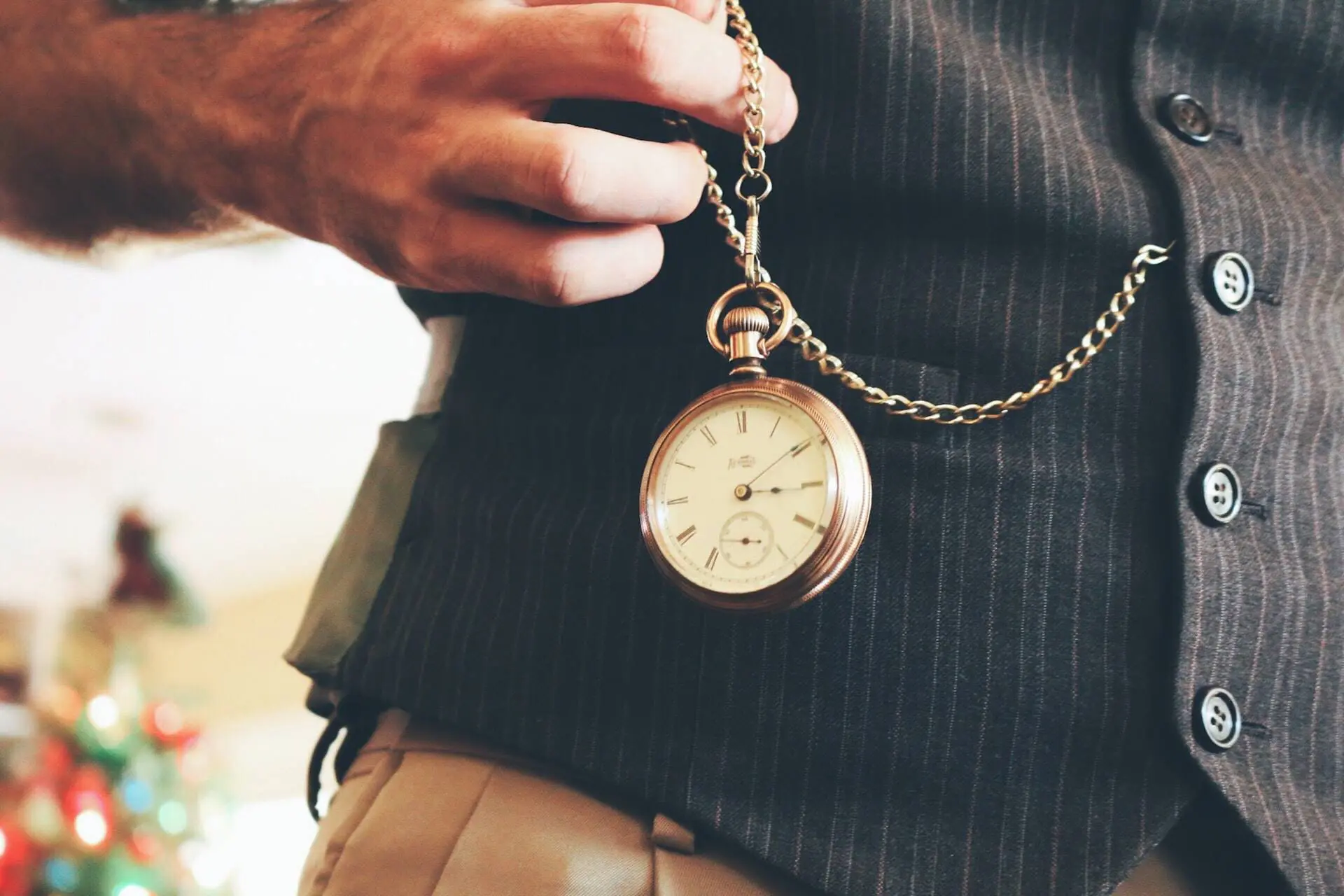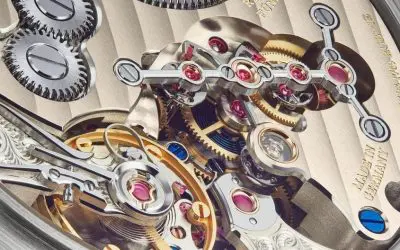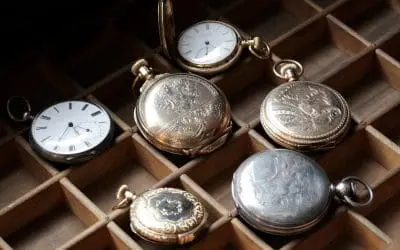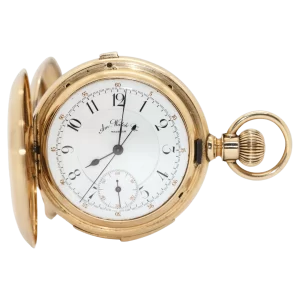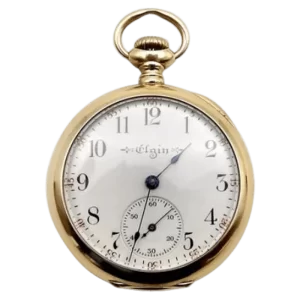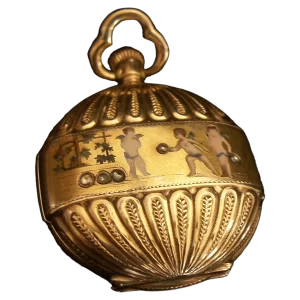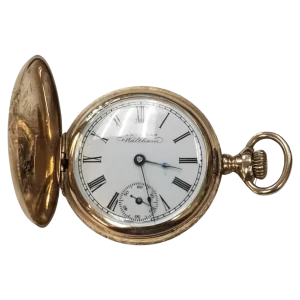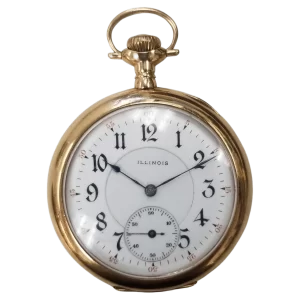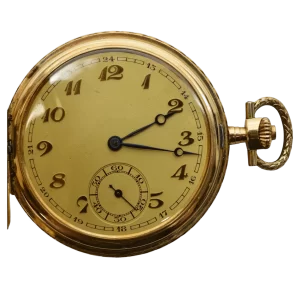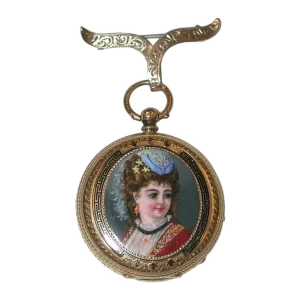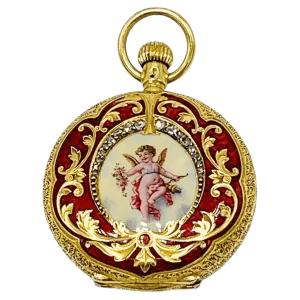Antique pocket watches are nowadays popular among collectors who appreciate the classic style and intricate mechanics that made them functional pieces of art. As this market continues to grow, there has never been a better time to start collecting antique pocket watches. However, knowing where to start and how to navigate the world of vintage timepieces can be overwhelming for beginners. Fear not! This comprehensive antique pocket watch collecting guide offers everything a budding collector needs to begin their journey.
The history and development of pocket watches are fascinating and have contributed significantly to the evolution of watch design. Their legacy dates back to the 16th century, and these exquisite pieces have been a valuable addition to the wardrobes of the aristocratic since then. Collecting vintage pocket watches requires knowledge in areas such as brand identification, movements, design, and materials. Our guide takes a deep dive into these topics and offers insights into the best practices for evaluating, purchasing, and maintaining these watches.
Whether you’re exploring this world for the first time or
1. Start by researching the different types of antique pocket watches available in the market.
Antique pocket watch collecting can be a rewarding and exciting hobby for those with a passion for history and timepieces. However, it’s important to start by researching the different types of antique pocket watches available in the market. Begin your search by familiarizing yourself with the various styles, brands, and eras of pocket watches. A good place to start is by exploring reputable online marketplaces for antique watches and visiting antique shops or auctions to observe and study different models. With a wealth of information available, it’s crucial to take your time and do your due diligence to ensure that you make informed and wise purchasing decisions. By taking the time to meticulously research and learn about antique pocket watches, you will not only acquire a valuable collection but also gain a rich understanding of the history of these timeless pieces.
2. Familiarize yourself with the different materials and styles used to make antique pocket watches.
For those new to antique pocket watch collecting, it’s important to familiarize yourself with the different materials and styles used to make these timepieces. Antique pocket watches can be made from a variety of materials such as gold, silver, and brass. The watch face can be made from enamel, porcelain, or ivory, while the casing may incorporate a range of decorative elements such as solid gold filigree, carving, or inlay work. Each material and style carries its own unique history and value, and a thorough understanding of these features can help you confidently identify and appreciate antique pocket watches in your collection. Take the time to learn about the various styles and materials used, investigate their historical significance, and explore the craftsmanship involved in creating each one. With this knowledge, you can make more informed purchases and build a collection that reflects the intricate beauty and rich history of antique pocket watches.
3. Understand the different factors that affect the value of antique pocket watches, such as brand, rarity, and condition.
When it comes to antique pocket watches, understanding the factors that affect their value is crucial for collectors. The first and most obvious factor is the brand of the watch – certain makers and models are known for their quality and craftsmanship, and thus fetch a higher price. Additionally, rarity is a major factor in determining value. Watches that were produced in limited quantities or have unique features (such as a particular engraving or dial pattern) will often command a premium price. Finally, the condition of the watch is also a significant contributor to its worth. Watches that are in pristine condition or have been professionally restored will typically be more valuable than those that show signs of wear or damage. By taking these factors into consideration, collectors can make informed decisions when buying and selling antique pocket watches.
4. Join a local antique pocket watch collectors’ club or online forum to learn more about the hobby.
If you are interested in expanding your knowledge of antique pocket watch collecting, joining a local collectors’ club or online forum is an excellent way to do so. These clubs and forums offer a wealth of information, resources, and connections to other passionate collectors with a similar interest in antique pocket watches. Participation in these groups allows you to learn from the experiences of others as well as share your own insights and expertise. You can exchange information about dealers, auctions, and repair services, as well as discuss and debate restoration techniques or authentication of watches. Collecting antique pocket watches can be a solitary hobby, but joining a local or online community can make it more enjoyable and informative for you.
5. Attend antique pocket watch auctions, shows, and estate sales to view and purchase authentic pieces.
As an antique pocket watch enthusiast, attending auctions, shows, and estate sales should be a crucial part of your collecting journey. It allows you to view and purchase authentic pieces. Attending antique pocket watch auctions gives you an opportunity to see various rare vintage items in person, providing a chance to examine the quality and the material of the watch before making a purchase. Shows and estate sales also offer excellent opportunities for collectors to network with other enthusiasts and sellers. By attending these events, you can learn more about the history of pocket watches, find great deals, and expand your knowledge of lesser-known watch brands, models, and features. It is essential to be knowledgeable about the value of a watch before making a purchase to ensure you get the best deal possible. Therefore, attending auctions, shows, and estate sales is a critical aspect of antique pocket watch collecting.
6. Always purchase from reputable dealers or sellers who can attest to the authenticity of the antique pocket watch.
If you are a collector who is interested in antique pocket watches, it is essential to ensure that you are purchasing authentic timepieces. One of the most critical steps in this process is to always purchase from reputable dealers or sellers who can attest to the authenticity of the antique pocket watch. Trustworthy dealers have a wealth of knowledge about the history of these watches and can help you verify the authenticity of the timepiece you are interested in purchasing. You may also want to verify that the watch has not been subjected to any significant damage, such as from moisture, rust, or other environmental factors, that could affect its value. By taking these precautions, you can ensure that you are purchasing an authentic antique pocket watch that will be a valuable addition to your collection.
7. Inspect the antique pocket watch thoroughly for any signs of damage, rust, or tampering before purchasing.
Welcome to the Antique Pocket Watch Collecting Guide. If you’re interested in purchasing an antique pocket watch, it’s essential to inspect it carefully to avoid wasting your money on a damaged or altered piece. Before making any purchase, inspect the antique pocket watch thoroughly for any signs of damage, rust, or tampering. Check if the watch’s dial, hands, and markers are original and match the manufacturer’s correct specifications. Look closely at any engravings or patterns to ensure that they have not been altered or tampered with. Be sure to examine the watch’s case for any signs of wear, dents, or scratches, as these can significantly affect its value. By following these inspection guidelines, you can make an informed decision about your antique pocket watch purchase and avoid any potential disappointment down the line.
8. Store antique pocket watches in a dry and secure location to prevent damage or theft.
When it comes to collecting antique pocket watches, it is essential to take the necessary precautions to protect them from damage or theft. One of the best ways to maintain the longevity of these timepieces is to store them properly in a dry and secure location. Exposure to dampness or extreme temperature variations can cause corrosion, rust, or damage to the watch’s material, including the dial, case, and movement. Therefore, it is crucial to keep your antique pocket watches in a cool and dry area, away from direct sunlight, moisture, or high humidity. Additionally, you can store them in a fireproof safe or a custom-made display case to prevent theft or accidental damage. Taking these measures will ensure that your antique pocket watches remain in excellent condition and retain their value in the future.
9. Regularly clean the antique pocket watch with a soft cloth and avoid using harsh chemicals or cleaning agents.
If you want to keep your antique pocket watch in good condition, regular cleaning is essential. Over time, dust, dirt, and grime can accumulate on the watch, leading to damage or discoloration. To prevent this, it’s recommended that you clean the watch with a soft cloth on a regular basis. Gently wipe the surface of the watch with the cloth, taking care not to rub too hard or to scratch the surface. Additionally, it’s important to avoid using harsh chemicals or cleaning agents on the watch, as this can cause permanent damage to the delicate inner workings. Instead, stick to using a soft cloth or a gentle, non-toxic cleaning solution. By taking these simple steps to care for your antique pocket watch, you can help to ensure that it remains in good condition for years to come.
10. Keep track of your collection by documenting each antique pocket watch’s
Antique pocket watch collecting can be a rewarding and exciting hobby for anyone who’s passionate about horology and history. Whether you’re a seasoned collector or a beginner, keeping track of your collection is an essential part of maintaining and growing your antique pocket watch collection. We recommend documenting each antique pocket watch’s details and provenance to help you keep track of what you own, where it came from, and how much it’s worth. This documentation can include the manufacturer, model, serial number, date of production, any unique features, and any repairs or restorations done. By doing this, you’ll be able to quickly and easily reference your collection anytime you need to, and properly value your pieces should you decide to sell or trade them in the future.
To conclude, antique pocket watch collecting can be a fascinating hobby for those interested in history, craftsmanship, and artistry. By following this guide and conducting further research, collectors can learn about the intricate workings and unique features of different watches, as well as the history and stories behind their creation. Whether as a personal passion or a potential investment, antique pocket watch collecting offers a world of discovery and appreciation for these timeless treasures.

